(NLDO) - Paleontologists have found a bizarre fossil, so perfect that its soft tissues are still intact, in Argentina.
According to Live Science, the strange creature was excavated from the La Matilde Formation in Pantagonia - Argentina. The specimen is only 16 cm long, but is a "giant" when it comes to the species it belongs to.
Research recently published in the scientific journal Nature said it was a... tadpole of a frog species called Notobatrachus degiustoi from the Jurassic period.
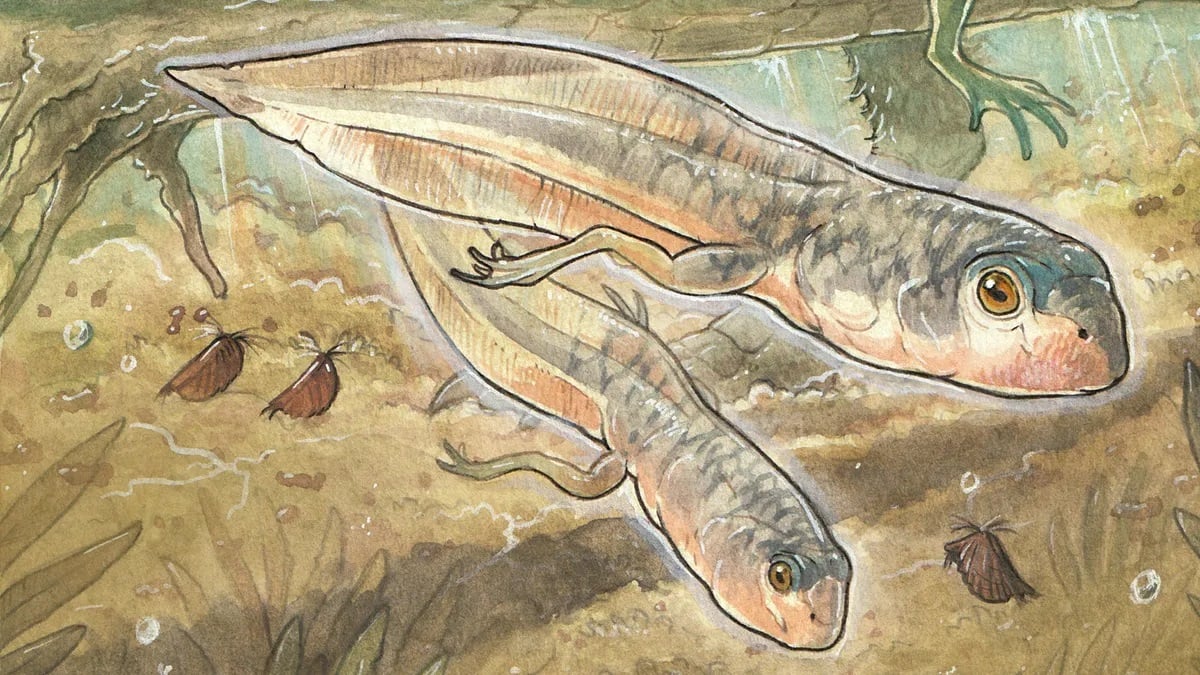
The 16cm long Jurassic creature that was just unearthed is a tadpole - Graphic photo: Gabriel Lío
Compared to today's tiny tadpoles, its 16cm size was a monster. But the fossil's uniqueness doesn't stop there.
The specimen from La Matilde is one of the most complete fossils ever found by paleontologists in history, preserving the animal's eyeballs, gills and nerves.
Usually, fossils consist only of the animal's bones because the soft tissues would quickly decompose before anything could fossilize.
Fossils containing soft tissue are often considered pure gold by researchers.
The second most valuable thing is that it is a juvenile of an ancient species. Fossils of juveniles are generally difficult to find because they are often eaten by other species when they die young or easily decompose.
Not to mention, the creature is a tadpole entering its "adolescent" stage, with vertebrae beginning to ossify, giving researchers a rare glimpse into the species' maturation.
It is also the “oldest” tadpole ever discovered. Its 161 million-year-old age far surpasses the 145 million-year-old mark of the previous record-holder.
Aside from its shocking body size, this Jurassic tadpole's structure is very similar to that of a modern tadpole.
However, some protruding spines on its gills suggest that it could suck up plankton, algae and detritus from the surrounding water to survive underwater for long periods of time in the same way as adult frogs.
Source: https://nld.com.vn/sinh-vat-la-nguyen-ven-sau-161-trieu-nam-chan-tuong-gay-soc-196241102102515448.htm


![[Photo] Prime Minister Pham Minh Chinh meets with King Philippe of Belgium](https://vstatic.vietnam.vn/vietnam/resource/IMAGE/2025/4/1/be2f9ad3b17843b9b8f8dee6f2d227e7)
![[Photo] Close-up of Vietnam's sniffer dog team searching for earthquake victims in Myanmar](https://vstatic.vietnam.vn/vietnam/resource/IMAGE/2025/4/1/d4949a0510ba40af93a15359b5450df2)

![[Photo] General Secretary To Lam receives King Philippe of Belgium](https://vstatic.vietnam.vn/vietnam/resource/IMAGE/2025/4/1/e5963137a0c9428dabb93bdb34b86d7c)

![[Photo] President Luong Cuong and King Philippe of Belgium visit Thang Long Imperial Citadel](https://vstatic.vietnam.vn/vietnam/resource/IMAGE/2025/4/1/cb080a6652f84a1291edc3d2ee50f631)

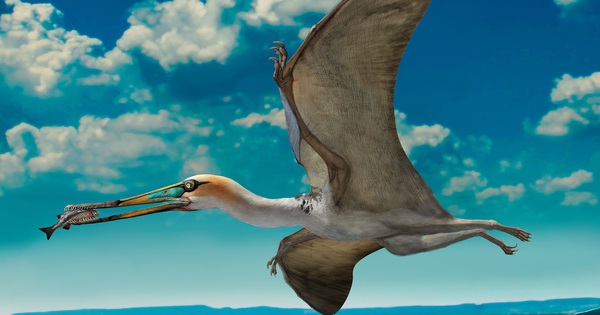
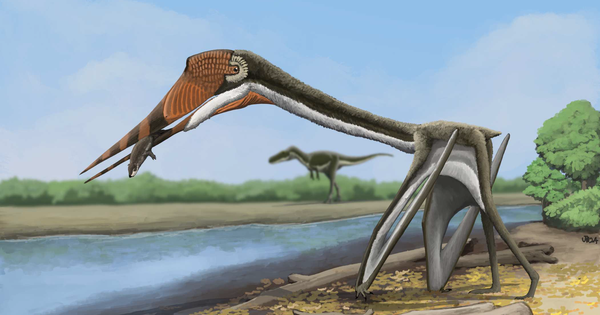


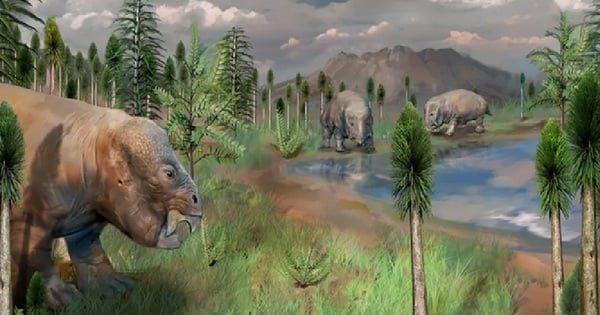
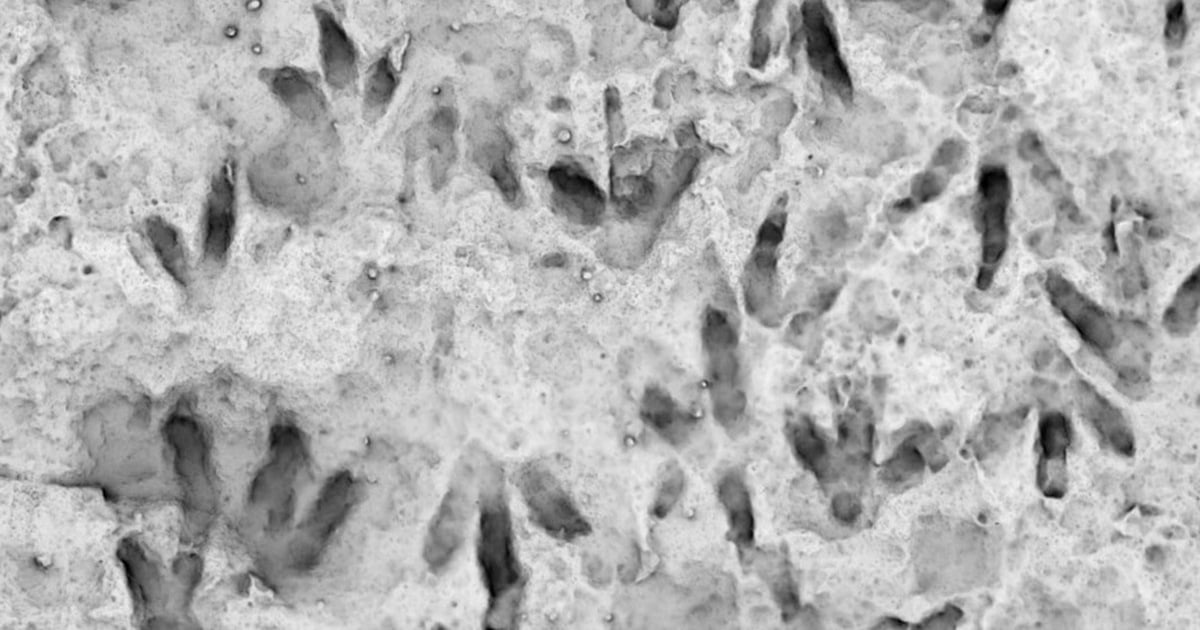






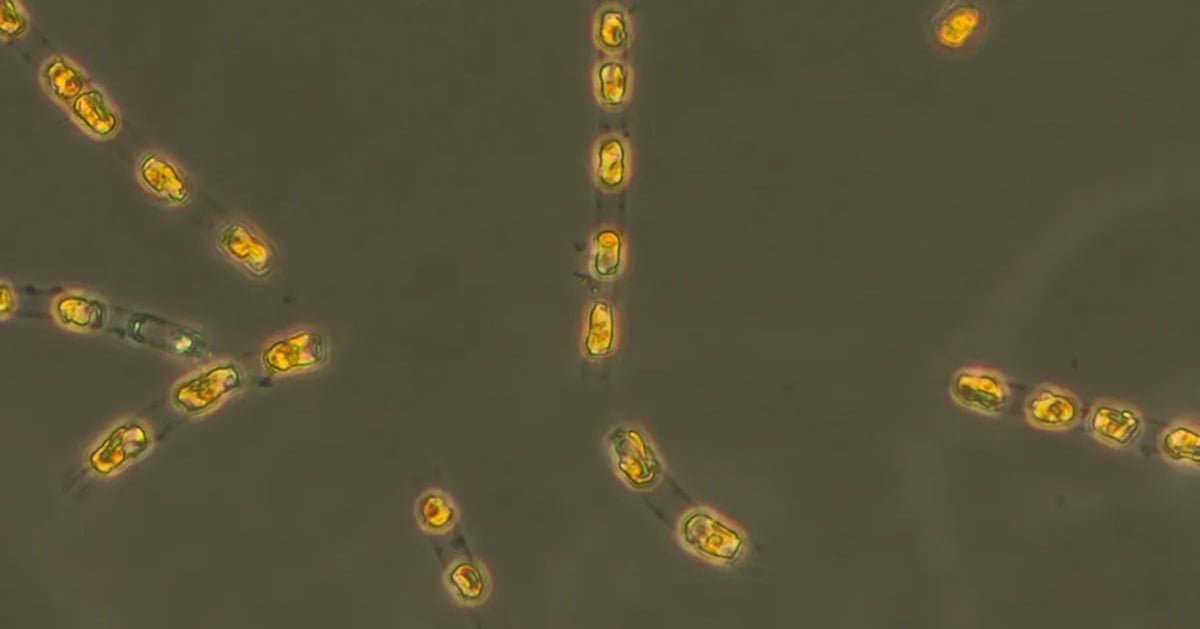










![[Photo] Myanmar's capital in disarray after the great earthquake](https://vstatic.vietnam.vn/vietnam/resource/IMAGE/2025/4/1/7719e43b61ba40f3ac17f5c3c1f03720)






























































Comment (0)